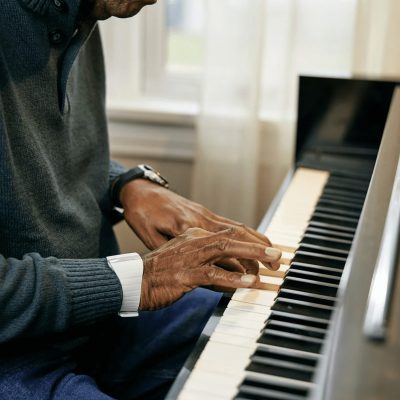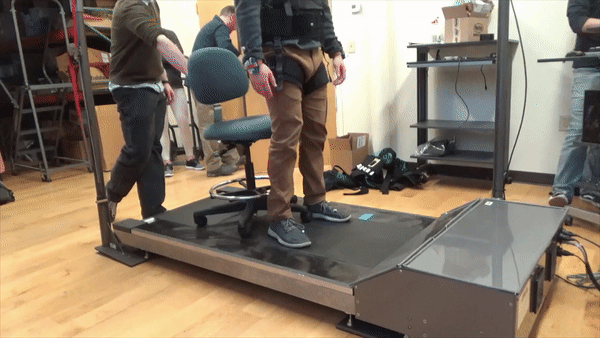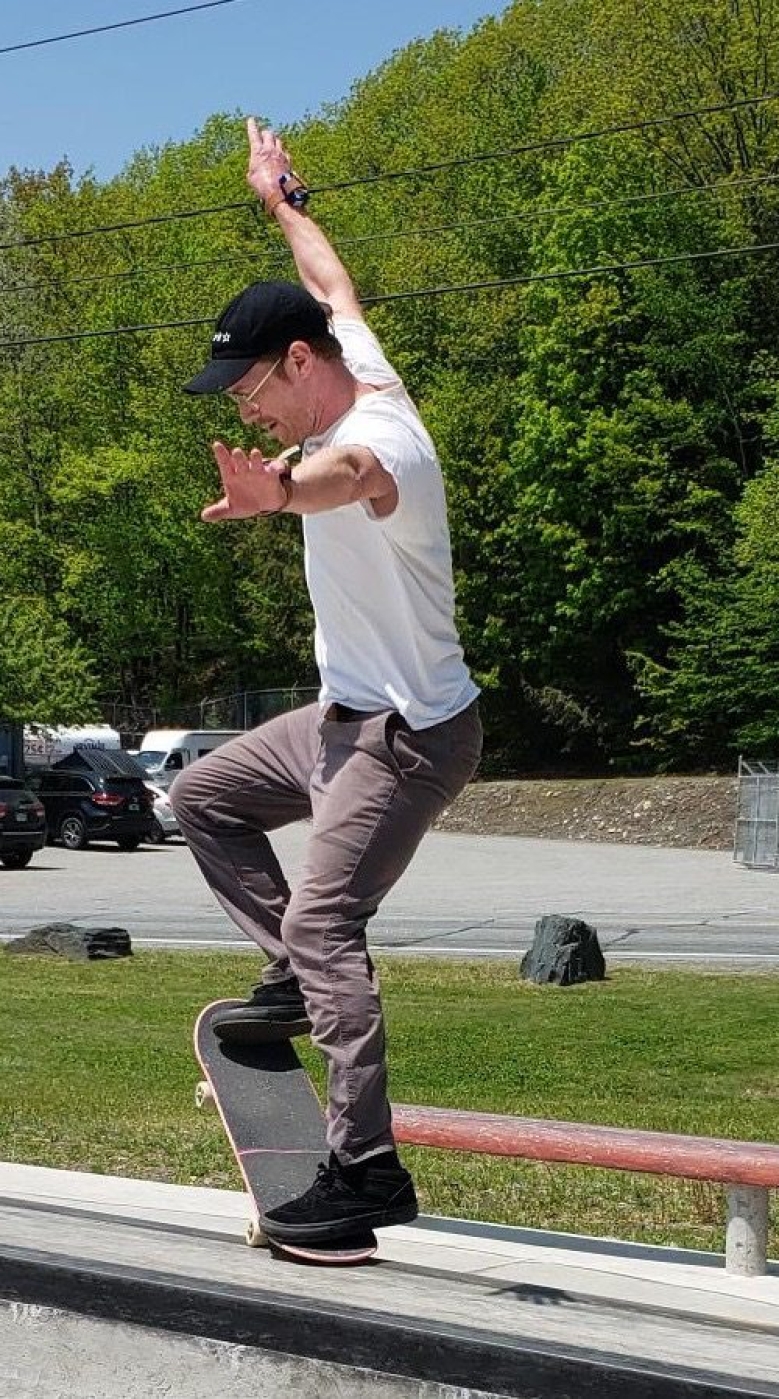Designing Elegant Wearable Solutions for Fall-Detection
Why is Fall Detection and Prevention so Important for Maintaining Independence?
A third of adults over the age of 65 are estimated to fall at least once a year, with falls being the primary cause of fractures, loss of independence, and injury-related death among older adults.
Falling is not necessarily a sign of frailty or an underlying medical condition. There are some circumstances where anyone could fall, like on an icy sidewalk, where the foot slides forward so suddenly there is no time to recover.
However, the consequences of falling are much more disastrous for people who have accompanying issues such as low bone density from osteoporosis, which contributes to a higher risk of fracture. Understanding how falls happen and developing avoidance strategies for these individuals is critical.
For those who live alone, the dangers of falling do not end when they hit the ground. Getting up after a fall may be difficult or impossible without help. Even if a fall does not result in a physical injury, involuntarily remaining on the ground for an extended period can amplify the fear of falling, and lead to decreased mobility, limited participation in activities, and reduced independence.


What is the Problem?
To address this matter, fall detection devices (FDDs) have been developed to reduce response times for fall events. These FDDs often depend on user input, such as a button push or voice activation, as shown in popular commercials where someone says “Help, I’ve fallen and I can’t get up”.
FDDs aim to increase independence and safety. However, few have addressed the psychosocial implications associated with wearing the device. These legacy FDDs are often designed to be worn around the neck, and are considered awkward, unattractive, and stigmatizing. Most troublingly, they carry with them a perceived indication of a loss of independence for the wearer.
Participants of one study found traditional FDDs to be “ugly, cumbersome, and easy to forget”, and instead reported that a wrist-worn device would ensure that they could “easily wear the device, locate it during a fall event, and fit into daily social norms more subtly than existing devices worn around the neck or on the waist.”
Such an event can result in substantial damage to both the individual’s body and morale, and half of those who experience a fall and do not receive timely help die within 6 months.
This isn’t as easy as it sounds!
Analyzing movement signals to detect fall events automatically and accurately from hand and arm movement alone is no small feat!
A wrist-worn device presents several engineering challenges. Arm movements can be independent and unrelated to movements of the trunk, such as when someone is gesturing during conversation. They can also can occur as a result of, or in combination with, body motion, such as arm swing during walking or running.

Simbex’s algorithm engineers were therefore faced with the challenge of differentiating falls from the movements of daily activities such as brushing teeth, fixing hair, playing a game of pickleball, or taking a sharp turn while driving.
“The fascinating thing about creating a wrist wearable for fall detection is how busy our arms are throughout the day and distinguishing some very normal activities from fall events. From the wrist level, it’s surprising how similar arm motions looks when running or doing a jumping jack or falling down, and it’s a stimulating challenge learning how to distinguish falling from the rest of these activities.”
– Aroob Abdelhamid, Simbex Algorithm and Data Engineer
The Biomechanics of a Fall:
You are constantly in a state of unbalance and are continually making small adjustments to prevent falls. Understanding a few basics about falling puts this challenge into context.
- Generally, a fall happens when the center of your bodyweight strays outside of your base of support.
- Your body’s center of gravity is located just under the navel and a perimeter around your footprints is your base of support.
- The height of the center of gravity and the small size of the base of support makes standing upright an inherently unstable position.
- Your body acts as an inverted pendulum and your center of gravity sways within the boundaries of the base of support during stance and gait.

When you begin to fall, your body automatically attempts to regain its balance and engages in several compensatory movements:
-
Arm Movement
As you start to fall, you move your hands to reach out and steady yourself.
-
Corrective Action
You may move your upper body to make quick adjustments to the location of your body mass.
-
Compensatory Step
You may take a step to get your feet back underneath your center of mass.
To increase stability, some people use walkers or canes, which form a larger base of support and make it more difficult to fall.
These strategies are meant to quickly realign the center of gravity above the base of support. The success of these actions varies based on the person’s physical abilities and their surroundings. If someone is physically strong and has good reflexes, they might be able to avoid falling, whereas someone with weaker core muscles or slower reaction speeds, or who is standing on an unstable surface, would probably not be able to catch themselves in time. A wrist-worn sensor can recognize a fall based on the movement signature of these compensatory actions or the sudden jolt as the person’s body hits the ground.
How Did Simbex Address Silvertree’s Challenge?
Silvertree’s fall-detection solution uses an inertial measurement unit (IMU) that includes an accelerometer, gyroscope, and barometric pressure sensor. These sensors continually collect data, while an onboard algorithm – created and refined by Simbex – searches for patterns that might indicate a potential fall.
Simbex was well-equipped to tackle this challenge because of a 20+ year history in biomechanics combined with deep expertise in algorithms for wearable sensors.
Simbex used a large existing dataset of simulated falls for initial algorithm development. Because this dataset did not contain falls that occurred during high intensity activities, it was not entirely reflective of the full spectrum of daily motion. Additional data were needed to create a more robust detection system and to train the algorithm to recognize the distinct movement signatures that are critical to detecting whether a fall occurred.
To meet the need for additional moderate and high intensity movement data, the Simbex team performed repeated testing of fallevents, including falls that started by an attempt to sit in a chair, a slip on a wet floor, a trip on a rug, a faint from a standing position, and more.
These experiments leveraged ActiveStep®, a technology developed by Simbex that induces high-speed slips and trips via rapid movements of a treadmill belt to simulate realistic falls in a safe environment for more effective data collection. Considerations for this step included proper labeling of all fall and non-fall events with a rich contextual detail for algorithm training purposes, and the creation of a baseline dataset of nonfall activities including walking, sitting, jogging, and other daily exercise and lifestyle-specific movement patterns.

The array of sensors in the Silvertree IMU produce many types of data. One step of the algorithm development process was to select the variables that were most closely related to actual falls.
This process, called “feature engineering”, was done with the use of statistical analysis to determine the correlation of each variable to the outcome of fall or no-fall. Once the most important indicator variables were selected, the weighting of each feature could be adjusted until the performance was optimized.
After some iterations, the algorithm was able to detect falls 98% of the time. This indicated that the sensitivity was very high and only a very small minority of falls with minimal arm movement, (indicating a slow and non-violent fall) were happening undetected.
However, the most challenging part of the process was finetuning the specificity of the system, in other words, ensuring that the non-fall events didn’t get incorrectly labeled as falls. To accomplish this, contextual information collected before and after the fall event was referenced in the determination process. Movement and position data after the potential fall was used within a decision tree to boost the likelihood of correct fall identification. Time of day was also considered since overnight hours are less likely to contain activities like racquet sports and more likely to contain a stumble on the way to the bathroom.
The result of this process was a dualstage state transition algorithm that maintained the ability to detect most falls during activities of daily living, but reported a minimal amount of false positive fall events.
The Silvertree team engaged with Simbex for every detail of the process, from the types of falls that they wanted to analyze to enthusiastic participation in testing. Because Simbex uses an Agile approach with an iterative work cycle, the project team was able to quickly arrive at solutions and pivot as needed to develop tangible deliverables within two-week sprint increments.





